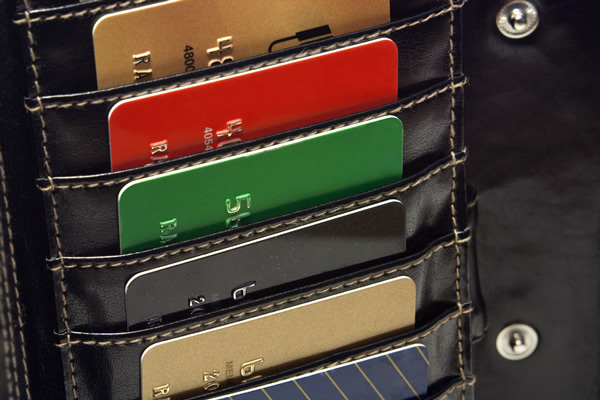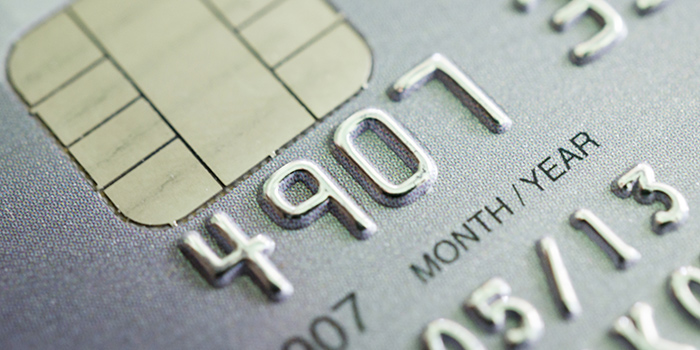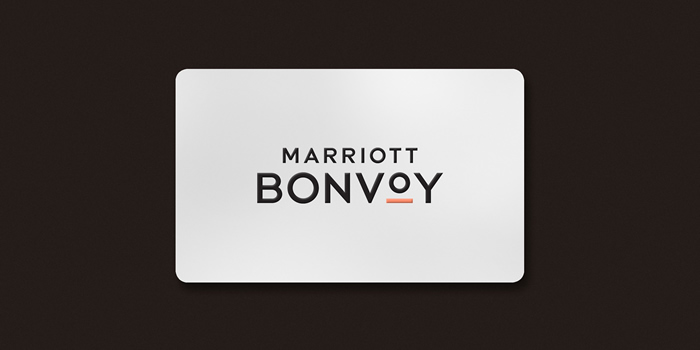
We constantly advocate the importance of using your credit card responsibly. That means only purchasing what you can afford and paying off your balance in full each month. With so many credit cards to choose from, for some cardholders it can make sense to have more than one credit card. For example, you can have a cash-back credit card for your everyday purchases and another for travel rewards.
However, there comes a time when you can have too much of a good thing. If your wallet is full of credit cards – some which you haven’t used for months – you should ask yourself, do you really need all this extra plastic weighing down your wallet? Here are some factors to determine if you’re suffering from credit card overload.
Debt-to-Income Ratio
Do you aspire to be a homeowner one day? Then you should pay special attention to your debt-to-income ratio. Lenders look at this important ratio when determining if they will approve a loan such as a mortgage or line of credit.
In the context of credit cards, your debt-to-income ratio looks at how much debt you would have if you maxed out all your credit cards. Even if you pay off your credit balance in full each month, lenders may hold it as a strike against you if you have a lot of credit available.
Credit Utilization
While your debt-to-income uses a “what if” scenario for how much debt you could have it maxed out all your credit cards, your credit utilization looks at how much household debt you actually have. You don’t have to be a math whiz to calculate your credit utilization – simply divide your total debt by your total credit and voila, you have your credit utilization!
You should aim to keep your credit utilization below 25 per cent. For example, if your credit limit is $5,000, you should keep your balance below $1,250. How do you improve your credit utilization and your credit score? If you’re carrying a balance, the easiest way is by paying down your outstanding debt. Next to your payment history, your credit utilization accounts for the second highest percentage of your credit score to the tune of 30 per cent.
Difficulty Managing Credit
Do you really need the stress of managing multiple credit cards at the same time? Although online statements have made it a lot easier to manage credit cards, it can still be difficult to keep track of a wallet full of credit cards you use on a regular basis. Not only will you need to keep track of different payment due dates, you’ll also need to be aware of different interest rates, fees, charges, and annual fees. If you have cards with annual fees, by spreading your purchases over multiple cards, you run the risk of not earning enough reward points to cover your annual fee and making them worthwhile.
Current Debt Situation
Are you drowning in high interest credit card debt? The last thing you need is another credit card. If you’re constantly carrying a balance and only paying the minimum payment, it’s a clear sign you have a debt problem. If your goal is to be debt-free, instead of taking on another credit card you should aim to pay off your existing cards, starting with the one with the highest interest rate.
The Type of Credit
Did you know the type of credit you have can affect your credit score? Type of credit or credit mix represents 10 per cent of your credit score. It’s good to have a mix of credit – mortgages, lines of credit, car loans, and credit cards. If you have just credit cards to your name, this may lead to a lower credit score with credit rating agencies.
The Bottom Line
For some, managing 4 or 5+ credit cards is no problem. But for the average consumer, having 1 or 2 credit cards should provide the flexibility a credit card holder needs without becoming overwhelmed with managing several cards. After all, the goal is to manage your credit responsibility while reaping the rewards – not to ignore the warning signs that can lead to overwhelming debt.




